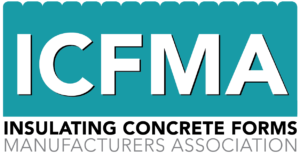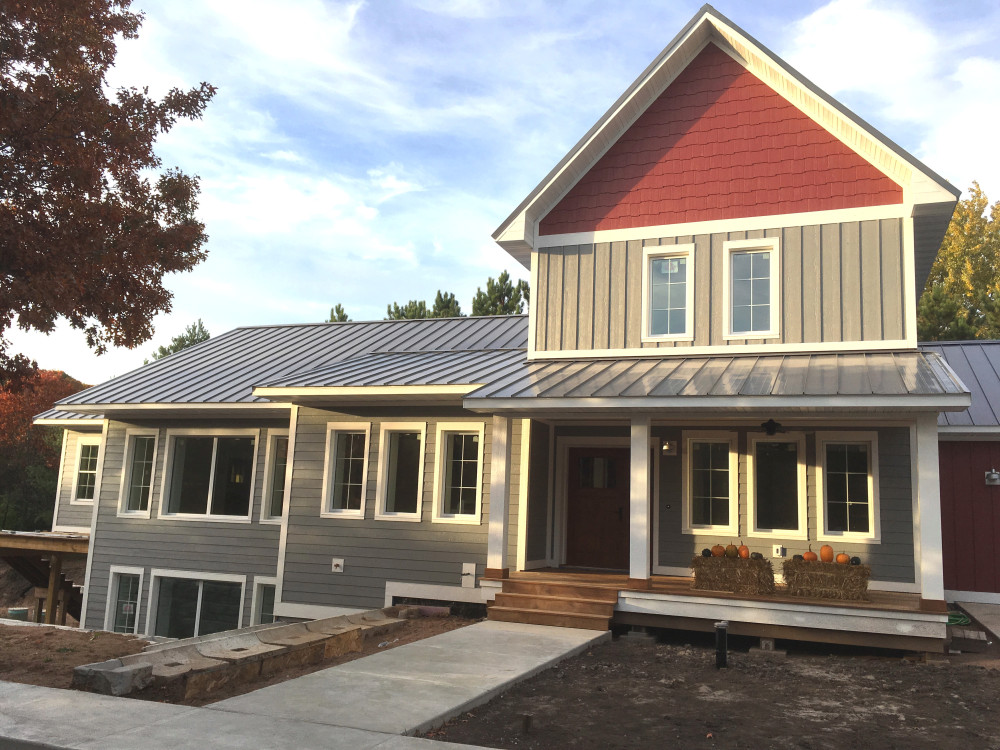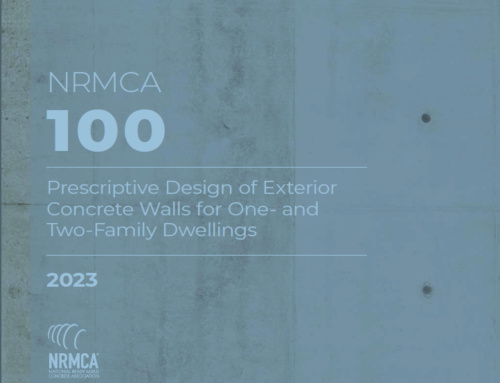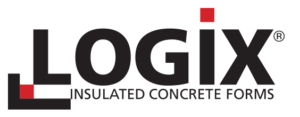As a reader of the ICFMA blog, you are likely drawn to the energy-efficiency of Insulated Concrete Forms or ICFs. As concerns about climate change continue to grow, so too has the interest in passive homes – homes that meet the most rigorous energy-efficiency standards. These are air-tight homes, have continuous insulation, triple-paned windows and a system for maintaining a high level of air quality.
In this blog post, you’ll see the benefits of passive homes (and why builders are choosing ICFs when choosing to achieve the highest of energy-efficient standards), including a brief interview with Certified Passive House Consultant Troy Hodas of Spruce Mountain Inc. who will offer his tips and tricks for building passive homes as well.
More People Are Building Passive Homes
Passive homes are highly energy-efficient buildings, requiring little energy to heat or cool. This means drastic energy savings. With growing concerns over climate change and rising energy costs, passive homes offer an apt solution. In addition to greater energy efficiency and cost savings, passive homes offer a higher level of comfort as well. In a passive home, indoor temperature is highly consistent, resulting in a higher level of comfort. This extends to air quality as the air in a passive home is continually circulated. You can see exactly how comfortable a passive home is in this blog post here.
How to Build A Passive Home
In order to qualify as a true passive home, the home must be built in accordance with practices set forth by the Passive House Institute (PHI). These best practices were developed over the course of decades of research in Germany and are used around the world. A passive home is built the same way any other building is but its development must take shape in the design phase. For instance, many people make the mistake of trying to add energy-efficient technology after the fact, but this isn’t the right way to go about it.
At the heart of passive home best practices is the fact that the home is sealed from outdoor temperatures (while still remaining stable indoor temperatures and a high level of air quality.) And that’s exactly why passive home builders are choosing to build with ICFs: their energy-efficiency, airtightness and lack of thermal bridging. Certified builder Troy Hodas expands on this point, adding, the fact that ICFs are simple and cost-effective. When building with ICFs, you can import your design into the software called WUFU Passive. You then have to meet a certain WUFI rating to be considered a passive home, as you will see below. Interestingly, however, some builders are now advising clients to skip the certification because it comes with additional administrative overhead that’s unnecessary. Instead, they say, just build with high performance in mind.
Some, however, want the certification. In North America, these standards are specifically set by the Passive House Institute US (PHIUS) and by Passive House Canada.
In the USA, the main criteria for PHIUS+ certification (as outlined in the PHIUS+ Certification Guidebook) is as follows:
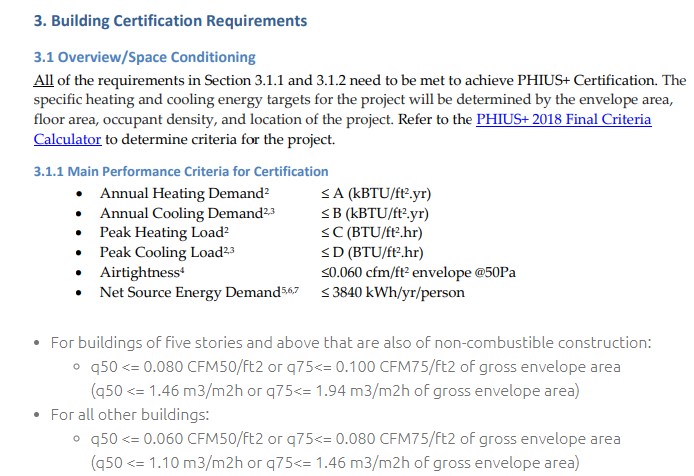
The entire certification process boils down to four steps, as seen below:

Tips and Tricks
Troy Hodas’s tips and tricks for designing and building a passive house with ICFs?
“Keep the design simple so the construction process is very straightforward. You just have to read the manual, and get training and support from your local rep. Overall the process is quite straightforward.”
Wrapping It Up
Passive homes – homes that meet the most rigorous of energy-efficient standards – are on the rise. And when it comes to meeting these high standards, ICFs are the way to go, offering energy-efficiency, airtightness and no thermal bridging.
–
Content provided by: Andy Lennox, President at Logix Brands Inc
